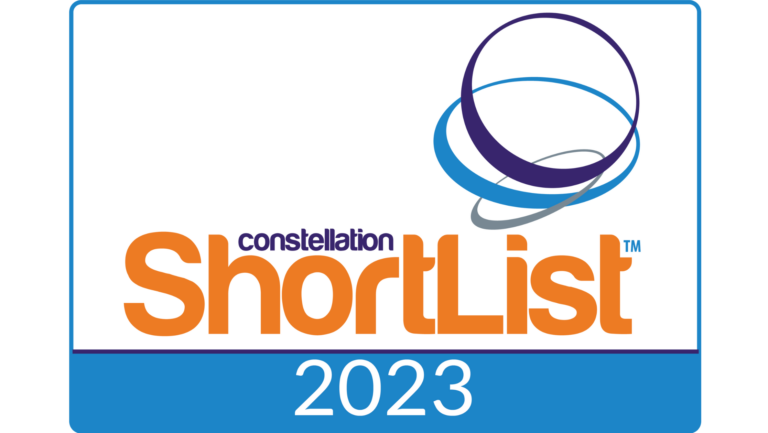As the healthcare industry moves away from fee for service and towards value-based care, multiple alternative payment models have formed and evolved. The thing that providers are asking is, “What does this mean for me, my patients, and my organization?”
In short, these industry shifts mean that providers feel increased pressure to do more with less; reimbursement has decreased, and there are more and more quality measures that further impact their bottom line. Healthcare providers are not accustomed to rapid change and tend to be risk-averse, which seems to be in direct opposition to how their incentives are shifting within Value-Based Care initiatives. As providers ask themselves what they will do about new payment models, the question becomes, which alternative payment model (APM) is the right choice?
ACOs or BPCI?
The formulation of the two most prevalent APMs, ACOs and BPCI, originated with CMMI, the innovation arm of CMS that was created to support the Affordable Care Act. Both programs were designed to accomplish the quadruple aim in healthcare, with primary goals of reducing cost and increasing quality. Although value is achieved through different economic levers, many of the core components of these programs are identical and revolve around effective care management.
ACOs maximize the health and wellness of their members in the community. They ensure that preventive screenings and routine physician visits are timely and appropriate. However, unanticipated health events occur – people get pneumonia, they slip on the ice and break their hip – even otherwise healthy individuals end up in the hospital at one point or another.
Enter BPCI. In bundled payments, providers understand and anticipate that a patient will be hospitalized at some point and put structures in place to ensure that they convalesce optimally. Providers accept these unanticipated changes in a patient’s health and work towards achieving the patient’s prior level of functioning as quickly as possible.
From a patient’s perspective, both of these programs increase the quality of care provided. As a healthcare consumer, it is easy to understand the desire for patients to want to remain healthy in the community but also to recover swiftly following a procedure or unanticipated event.
Focus on the Similarities, Not the Differences
Many healthcare experts focus on the differences between these programs when they should begin to focus on the similarities. In support of the quadruple aim, providers are incentivized to view patients holistically, which means new processes and strategies must be employed to drive success. Under both ACO and Bundled Payment models, providers are encouraged to perform consistent care management activities that support optimal health and wellness of all patients, at all phases throughout their healthcare journey.
One strategy that is imperative for success in either program is a structured and engaged care management team. Effective care management relies on consistent and scalable processes that improve communication and education to all patients. With the right processes and resources, there are many opportunities to create savings and improve efficiency throughout healthcare. By enabling improved communication and coordination, leading organizations find that care management is the key to success.
Implementing an Optimal Care Management Strategy
In implementing a care management strategy, providers must create thoughtful, codified processes to prompt key tasks that improve the patient journey. Leveraging data and automation to guide and improve care management efforts is imperative to scalability and long-term success.
Finally, as providers continue in their value-based care journey, reviewing the impact of patient engagement tasks, interventions, and responses will help provide operational metrics that will ultimately support care redesign across the healthcare system. A better understanding of these metrics will promote transparency and optimize patient quality and outcomes.
Both ACO and BPCI programs are necessary to promote a healthy society, as well as plan for the unanticipated events that are unavoidable. As providers find the APMs that are the best fit for their organization, focusing on how they are similar will help create scalable processes that can evolve in parallel with incentives. As a starting point, organizations can prioritize care management activities that focus on enhanced communication and education, which will undoubtedly lead to success within alternative payment models; but more importantly, they will lead to higher quality care for patients.
I invite you to learn more about how to create optimal processes for your APM strategy by accessing this eBook on how automation is driving value in healthcare.








